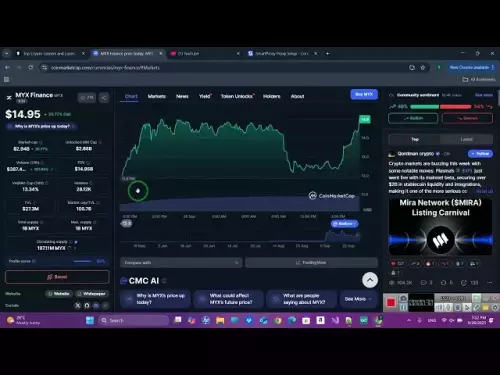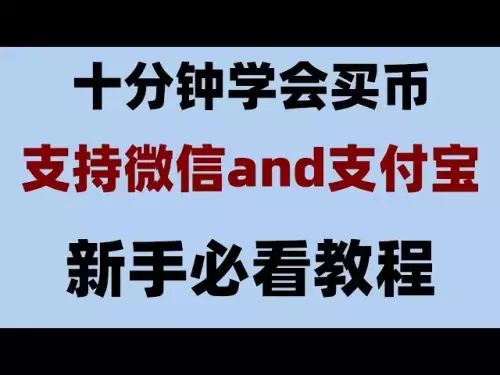-
 bitcoin
bitcoin $109547.008142 USD
0.04% -
 ethereum
ethereum $4011.838726 USD
-0.05% -
 tether
tether $1.000402 USD
-0.01% -
 xrp
xrp $2.798606 USD
0.88% -
 bnb
bnb $970.877944 USD
1.39% -
 solana
solana $202.237275 USD
-0.95% -
 usd-coin
usd-coin $0.999673 USD
0.00% -
 dogecoin
dogecoin $0.229294 USD
-1.15% -
 tron
tron $0.336370 USD
-0.45% -
 cardano
cardano $0.777260 USD
-1.66% -
 hyperliquid
hyperliquid $45.503019 USD
1.73% -
 ethena-usde
ethena-usde $1.000362 USD
0.01% -
 chainlink
chainlink $20.785303 USD
-1.10% -
 avalanche
avalanche $28.755822 USD
-0.11% -
 stellar
stellar $0.358303 USD
-0.48%
which blockchain uses dpos
In Delegated Proof of Stake (DPoS) consensus, a set of elected delegates validate transactions and produce blocks to maintain blockchain integrity, offering high scalability and reduced energy consumption.
Oct 21, 2024 at 02:17 am

In the realm of blockchain technology, consensus mechanisms play a crucial role in achieving agreement and validating transactions. One prominent consensus mechanism is the Delegated Proof of Stake (DPoS). Here's a comprehensive guide to DPoS:
1. OverviewDPoS is a consensus mechanism where a limited number of delegates or witnesses are elected by the network participants. These delegates are responsible for validating transactions, producing blocks, and maintaining the blockchain's integrity.
2. Election ProcessStakeholders in the network (usually token holders) vote to elect a set of delegates. The voting power of each stakeholder is proportionate to their token holdings. The delegates with the highest votes are appointed for a predetermined period.
3. Block ProductionDelegates take turns producing blocks and adding them to the blockchain. They verify the validity of transactions and ensure that they adhere to the network's rules. Blocks are then broadcast to the entire network for validation.
4. Confirmation and VotingOnce a block is produced, it is forwarded to the other delegates for confirmation. If a majority of the delegates approve the block, it is added to the blockchain. In case of discrepancies, a voting process determines the block's validity.
5. Advantages of DPoS- High Scalability: DPoS can handle a large number of transactions due to its limited number of delegates, allowing for faster confirmation times.
- Increased Efficiency: Block production is delegated to a select group of delegates, reducing the computational power required and increasing energy efficiency.
- Flexibility: DPoS allows for network upgrades and changes to be implemented more easily, as it does not require full consensus from all stakeholders.
- Centralization: The delegation of power to a limited number of delegates introduces a potential risk of centralization and collusion.
- Vulnerability to Attacks: If a majority of the delegates collude, they can manipulate the blockchain and compromise its integrity.
- Lack of Decentralization: DPoS is less decentralized compared to other consensus mechanisms like Proof of Work (PoW) or Proof of Stake (PoS), where all network participants contribute to block production.
Several notable blockchain projects utilize DPoS for their consensus mechanism, including:
- EOS
- Tron
- Steem
- Waves
DPoS is a powerful consensus mechanism that offers high scalability and efficiency. However, it comes with certain trade-offs, including potential centralization risks. Nevertheless, it remains a valuable option for blockchain projects seeking to optimize transaction speed while maintaining a degree of decentralization.
Disclaimer:info@kdj.com
The information provided is not trading advice. kdj.com does not assume any responsibility for any investments made based on the information provided in this article. Cryptocurrencies are highly volatile and it is highly recommended that you invest with caution after thorough research!
If you believe that the content used on this website infringes your copyright, please contact us immediately (info@kdj.com) and we will delete it promptly.
- Blockchain, Eggman, Presale: Why $GGs is the Talk of the Town in 2025
- 2025-09-29 00:25:12
- Crypto Coins 2025: Which Ones Will Explode?
- 2025-09-29 00:25:12
- Crypto Presales in 2026: Chasing ROI Like a New Yorker Chases a Cab
- 2025-09-29 00:30:01
- Ruvi AI: The Next Dogecoin? Explosive Entry Heats Up
- 2025-09-29 00:30:01
- Crypto Projects in 2025: BlockDAG Leads the DApp Support Revolution
- 2025-09-29 00:30:01
- YZY Crypto Concert Tickets: Is Kanye West Building an Empire or Just Playing Games?
- 2025-09-29 00:30:17
Related knowledge

What is a token economy?
Sep 20,2025 at 12:18am
Understanding the Foundations of a Token Economy1. A token economy in the context of cryptocurrency refers to a system where digital tokens are used a...
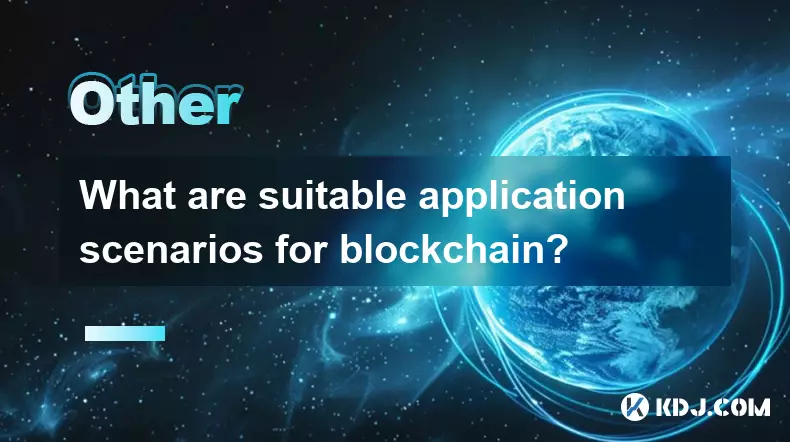
What are suitable application scenarios for blockchain?
Sep 20,2025 at 03:19am
Decentralized Finance (DeFi) Platforms1. Blockchain enables the creation of financial services without centralized intermediaries, allowing users to l...
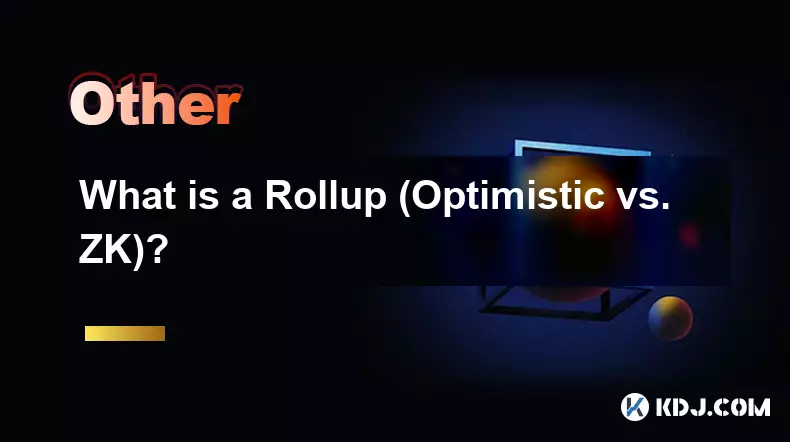
What is a Rollup (Optimistic vs. ZK)?
Sep 22,2025 at 03:00pm
Understanding Rollups in Blockchain Technology1. Rollups are layer-2 scaling solutions designed to increase transaction throughput on blockchains like...
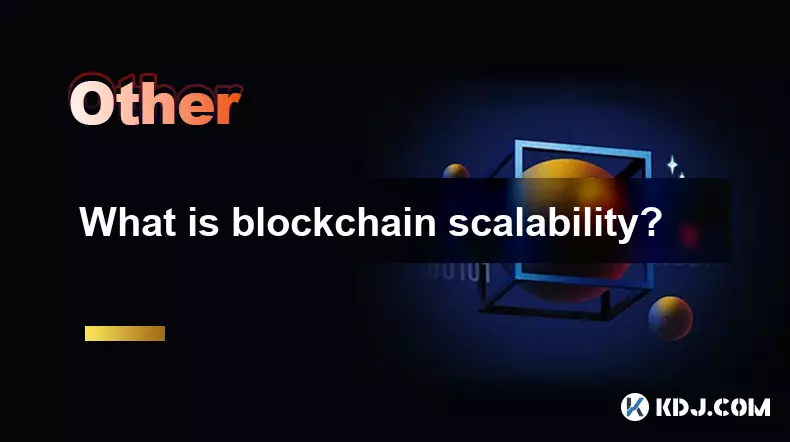
What is blockchain scalability?
Sep 19,2025 at 06:18am
Understanding Blockchain Scalability1. Blockchain scalability refers to a network's ability to handle an increasing number of transactions without com...
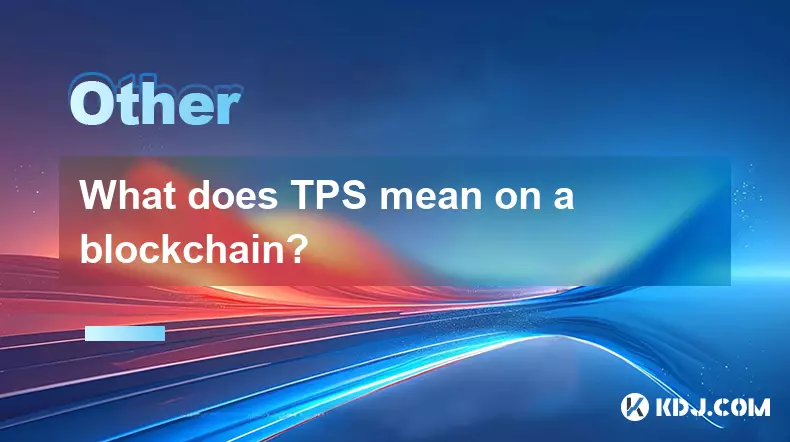
What does TPS mean on a blockchain?
Sep 21,2025 at 09:54am
Understanding TPS in Blockchain Technology1. TPS stands for Transactions Per Second, a metric used to measure the number of transactions a blockchain ...
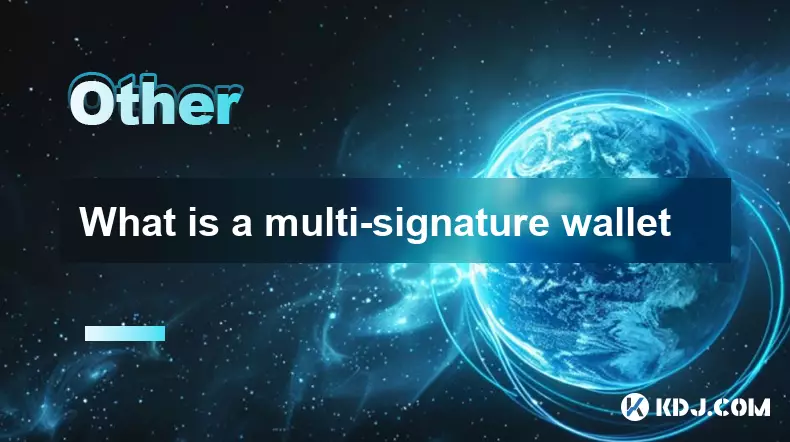
What is a multi-signature wallet
Sep 20,2025 at 07:00am
Understanding Multi-Signature Wallets in Cryptocurrency1. A multi-signature wallet, often referred to as a multisig wallet, is a type of cryptocurrenc...

What is a token economy?
Sep 20,2025 at 12:18am
Understanding the Foundations of a Token Economy1. A token economy in the context of cryptocurrency refers to a system where digital tokens are used a...

What are suitable application scenarios for blockchain?
Sep 20,2025 at 03:19am
Decentralized Finance (DeFi) Platforms1. Blockchain enables the creation of financial services without centralized intermediaries, allowing users to l...

What is a Rollup (Optimistic vs. ZK)?
Sep 22,2025 at 03:00pm
Understanding Rollups in Blockchain Technology1. Rollups are layer-2 scaling solutions designed to increase transaction throughput on blockchains like...

What is blockchain scalability?
Sep 19,2025 at 06:18am
Understanding Blockchain Scalability1. Blockchain scalability refers to a network's ability to handle an increasing number of transactions without com...

What does TPS mean on a blockchain?
Sep 21,2025 at 09:54am
Understanding TPS in Blockchain Technology1. TPS stands for Transactions Per Second, a metric used to measure the number of transactions a blockchain ...

What is a multi-signature wallet
Sep 20,2025 at 07:00am
Understanding Multi-Signature Wallets in Cryptocurrency1. A multi-signature wallet, often referred to as a multisig wallet, is a type of cryptocurrenc...
See all articles






















